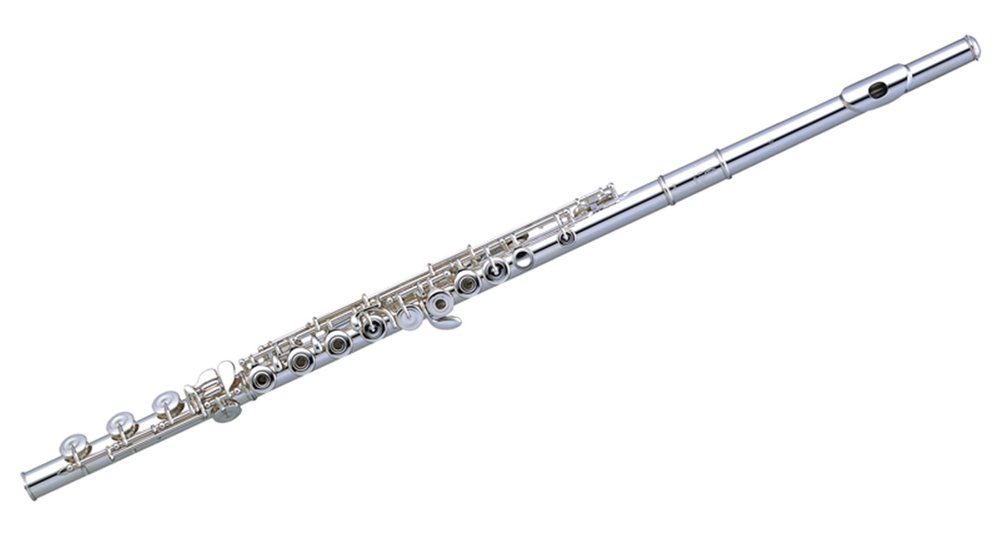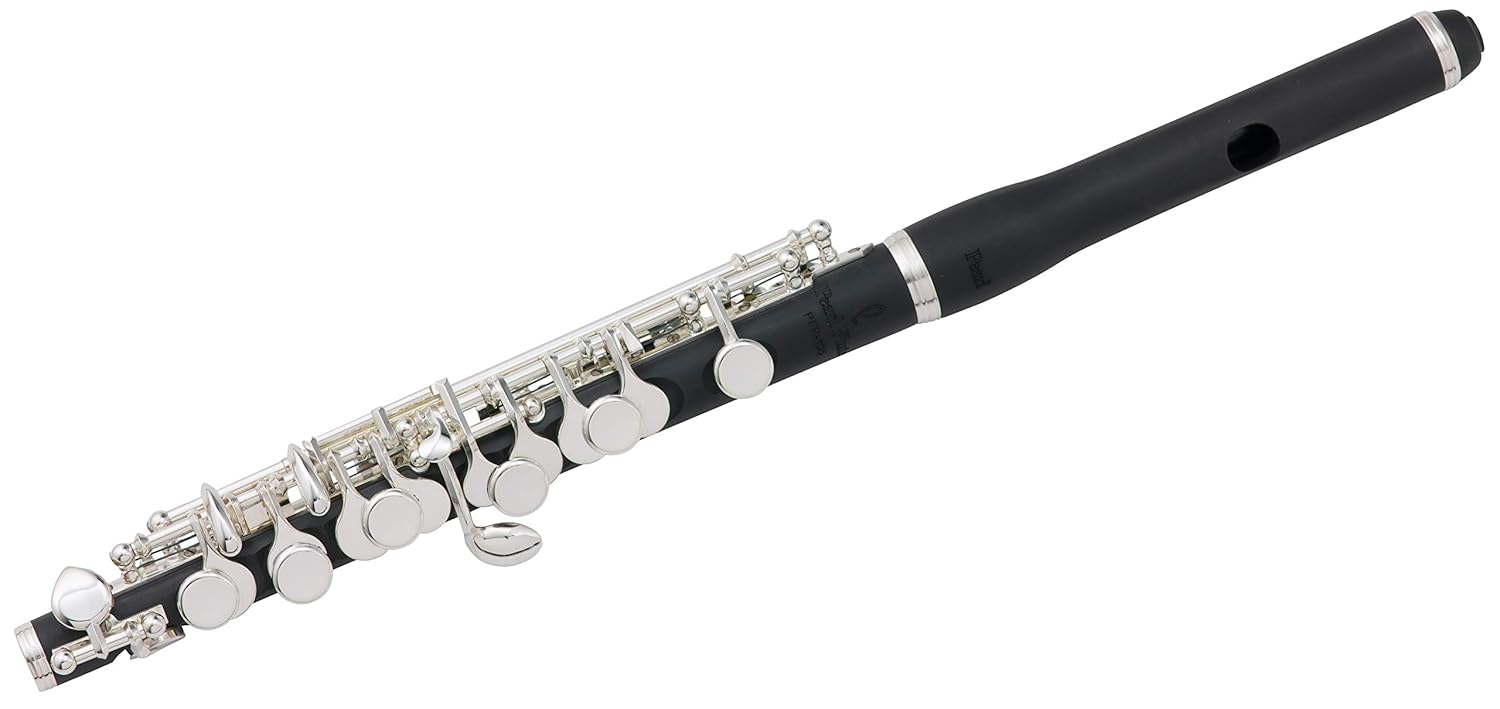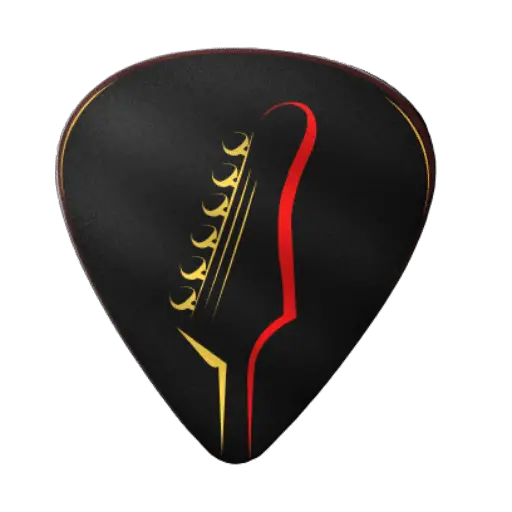How Many Types of Flutes Are There?
When we think of flutes, we often envision the silver concert flute used in orchestras or the smaller, chirpier piccolo. However, the world of flutes is far more diverse than that. From the deep, rich tones of the bass flute to the haunting melodies of the pan flute, there are many types of flutes, each with its own unique sound and construction.
The Origination of Flutes
The flute is one of the oldest musical instruments in the world, with evidence of its use dating back over 40,000 years. Early flutes were made from a variety of materials, including bone, ivory, and wood.
In Western music, the modern concert flute as we know it today was developed in the 19th century, with improvements in key systems and the use of metal for the instrument’s construction. The Boehm system, invented by Theobald Boehm in the mid-19th century, is still used in modern concert flutes today.
Other forms of flute, including the piccolo, alto flute, and bass flute, were developed in the 20th century as musicians sought to expand the range and capabilities of the instrument.
Types of Flutes

Woodwind Flutes
Woodwind flutes are the most common type of flutes, and they are typically made of wood or metal. These flutes produce sound by blowing air across a mouthpiece and creating vibrations in the instrument’s body. The following are the different types of woodwind flutes:

Western Concert Flute
The Western concert flute is the most well-known type of flute, and it is often used in classical music. It is made of metal and has a cylindrical shape, with a range of three octaves.

Piccolo Flute
The piccolo flute is smaller than the concert flute and produces a higher-pitched sound. It is often used in military bands and orchestras to add a bright, piercing sound.

Alto Flute
The alto flute is larger than the concert flute and produces a deeper, mellower sound. It is often used in jazz and classical music.

Bass Flute
The bass flute is even larger than the alto flute and produces a rich, full-bodied sound. It is often used in orchestral music and can add depth and resonance to an ensemble.

Contrabass Flute
The contrabass flute is one of the largest types of flutes and produces a very low, powerful sound. It is often used in avant-garde and experimental music.

Double Contrabass Flute
The double contrabass flute is the largest type of flute, and it produces a sound that is almost subsonic. It is so large that it is often played while sitting down and requires an immense amount of breath support to play.
Non-Woodwind Flutes
While woodwind flutes are the most common, there are also several types of non-woodwind flutes that produce sound in different ways. These include:
Pan Flute
The pan flute, also known as the syrinx, is made of a series of pipes of varying lengths that are bound together. It is often used in folk music and produces a haunting, ethereal sound.

Ocarina
The ocarina is a small, handheld flute that is often used in video games and anime music. It produces a warm, gentle sound and is made of ceramic or plastic.
Shakuhachi
The shakuhachi is a traditional Japanese flute that is made of bamboo. It produces a sound that is breathy and haunting and is often used in Zen meditation.

Ney
The ney is a Middle Eastern flute that is made of reed or bamboo. It produces a sound that is both nasal and breathy and is often used in traditional music.
Other types of flutes include:
There are several types of uncommon flutes from different cultures around the world. Here are a few examples:
Bansuri – a bamboo flute used in Indian classical music.
Shakuhachi – a Japanese bamboo flute traditionally used by Zen Buddhist monks.
Dizi – a Chinese bamboo flute used in traditional Chinese music.
Fujara – a Slovakian folk flute made of wood, typically used in pastoral music.
Kaval – a Balkan folk flute made of wood, used in traditional Balkan music.
Anasazi flute – a Native American flute made of wood or bone, used in traditional Native American music.
Differences Between Types of Flutes
Each type of flute has its own unique sound, construction, and range. For example, the piccolo produces a bright, piercing sound, while the bass flute produces a deep, rich sound. The Western concert flute is made of metal and has a cylindrical shape, while the pan flute is made of pipes bound together. Understanding these differences can help musicians choose the right instrument for the desired sound.
Popular Flute Music
Flutes have been used in music for centuries, and they continue to be an important part of many genres. In classical music, flutes are often used for solos and are an integral part of orchestral music. In jazz, flutes are used for improvisation and add a unique texture to the music. Flutes are also used in world music, such as the shakuhachi in Japanese traditional music and the ney in Middle Eastern music.
FAQs
What is the most common type of flute?
The most common type of flute is the Western concert flute.
What is the difference between a piccolo and a concert flute?
The piccolo is smaller than the concert flute and produces a higher-pitched sound.
What is the largest type of flute?
The double contrabass flute is the largest type of flute.
What is the difference between woodwind and non-woodwind flutes?
Woodwind flutes produce sound by blowing air across a mouthpiece and creating vibrations in the instrument’s body, while non-woodwind flutes produce sound in different ways, such as through pipes or reeds.
What types of music are flutes used in?
Flutes are used in a variety of music genres, including classical, jazz, and world music.
Conclusion
In conclusion, there are many types of flutes, each with its own unique sound and construction. Understanding the differences between these types can help musicians choose the right instrument for their desired sound. From the Western concert flute to the pan flute and beyond, the world of flutes is diverse and fascinating.















